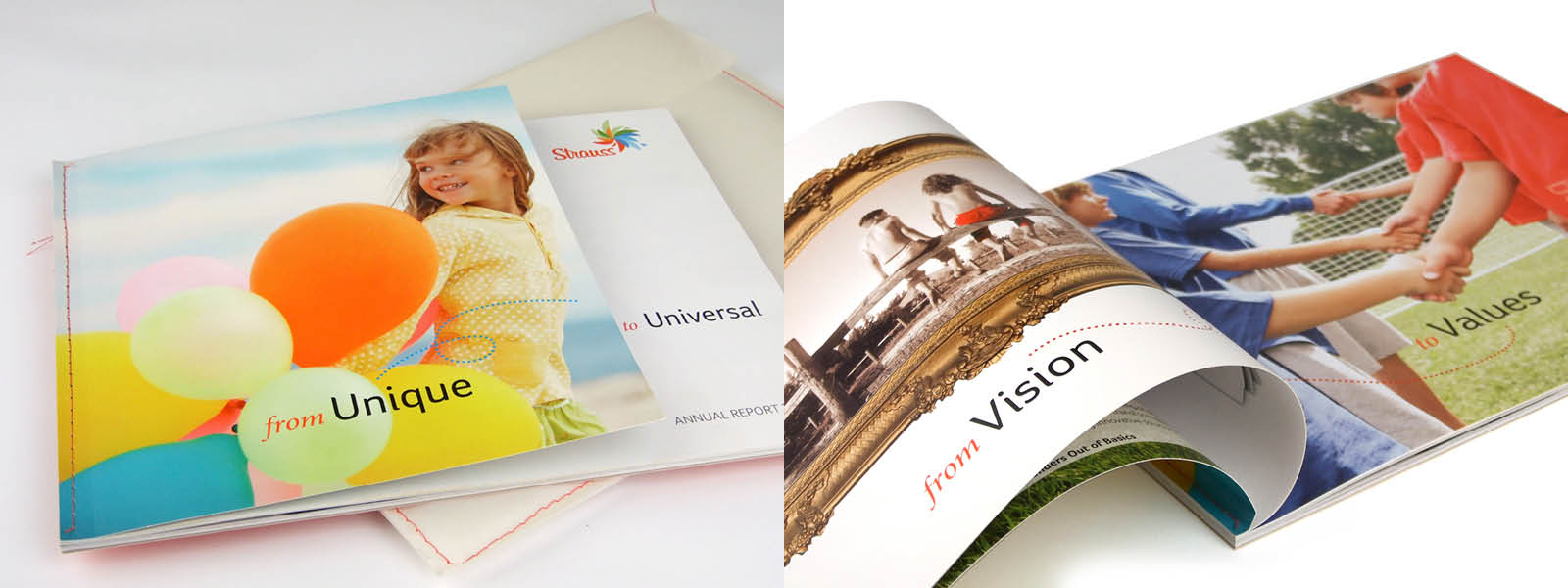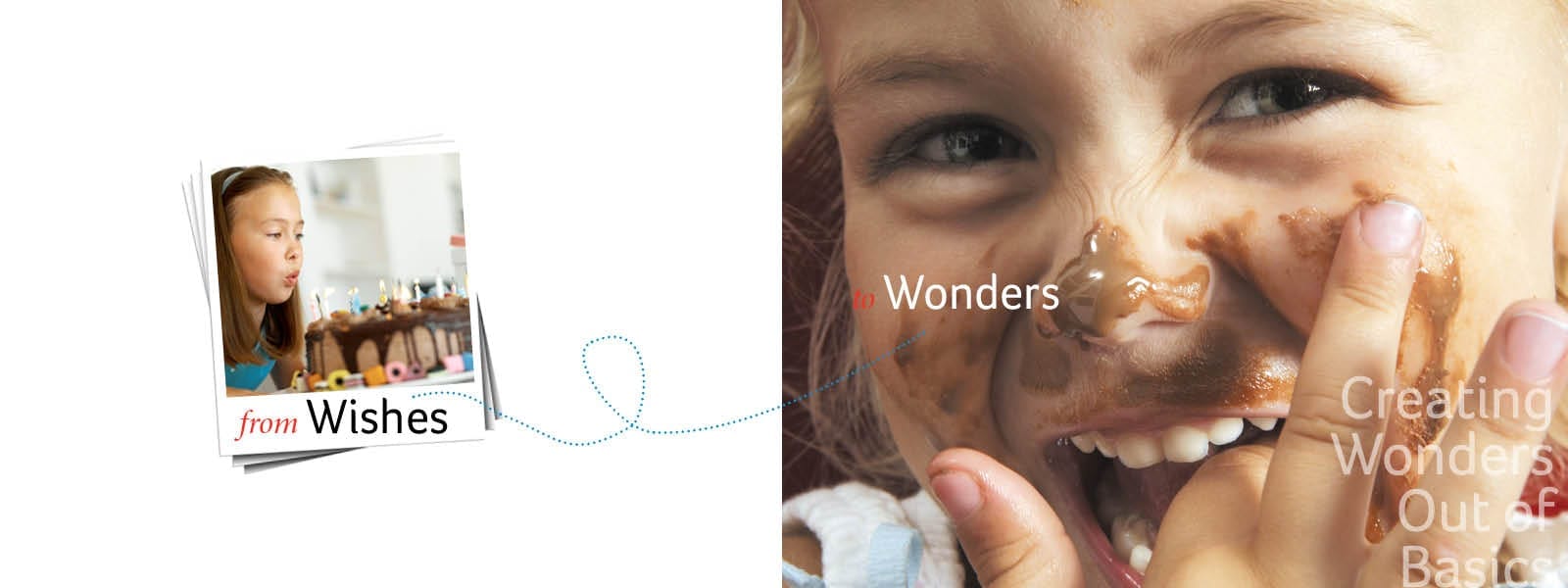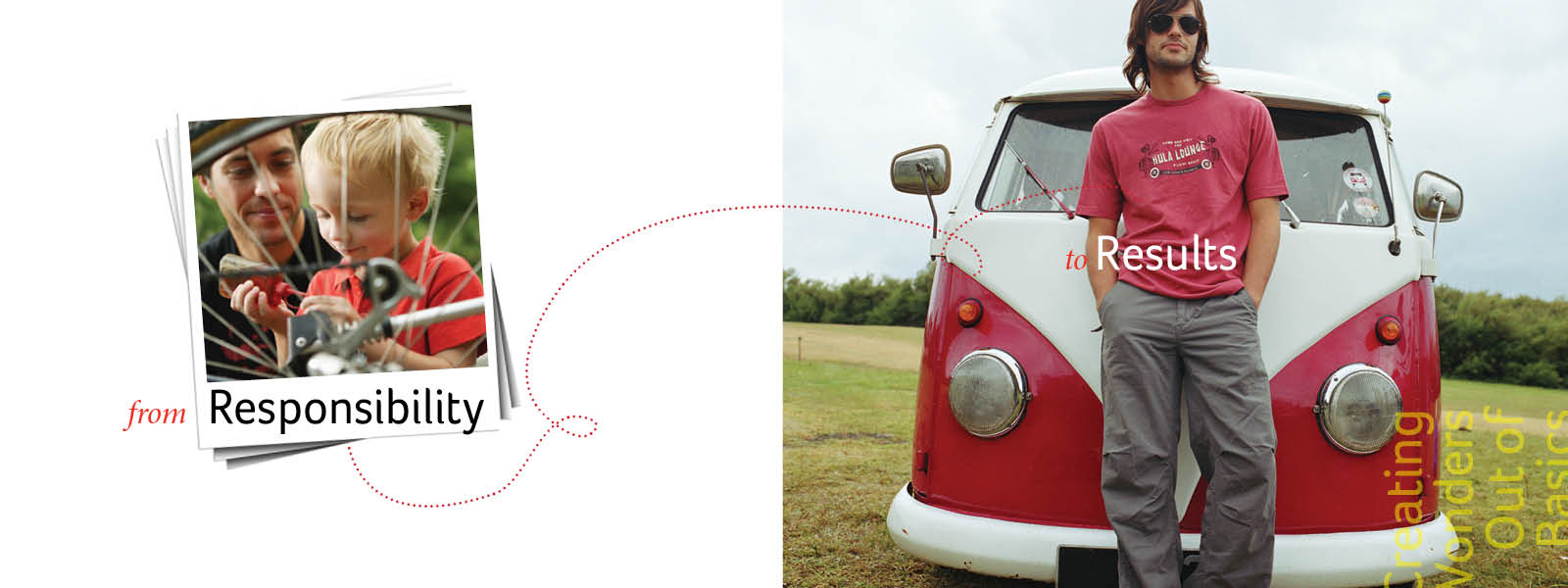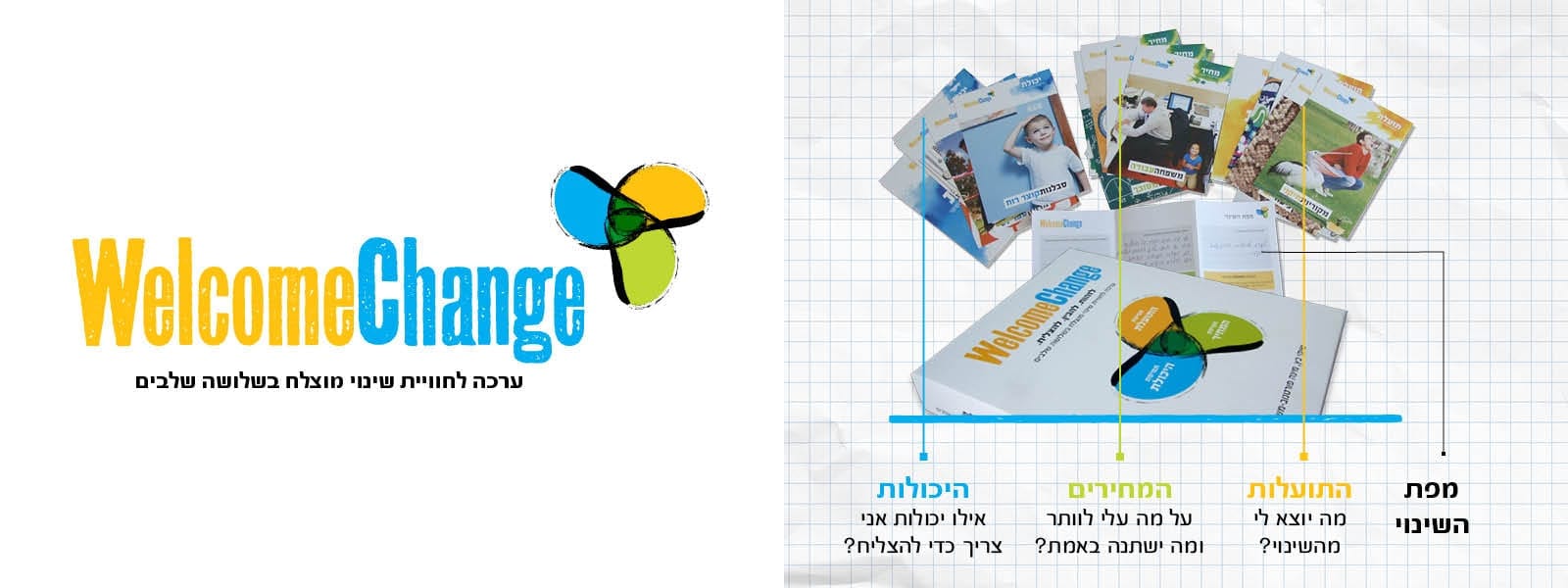Change Skills
“You can never cross the ocean unless you have the courage to lose sight of the shore.”
Christopher Columbus, an Italian explorer and navigator
Change. How many times have we heard that word lately? The world is changing, our workplaces, the lives we have known, ourselves. But if you notice, it is much easier to talk about change than to implement it. Most changes occur only when they are imposed on us. A voluntary internal change requires a determined decision and willpower.
Change, even if very minor, involves challenging the existing and familiar order, and usually raises concerns and causes unease. Sometimes, a setback when attempting to implement a change creates a sense that we’re stuck or that we’ve failed, creating despair and guilt. Other times, we don’t even try to change, because we find it hard to believe we can really take our destiny into our own hands and make a difference. And many times, it is even difficult to clarify for ourselves an answer to the question “What next?” and translate it into real action.
Let’s face it, creating a successful change is hard. Successful change means adopting behaviors, beliefs, perceptions, and attitudes that are different from those characterizing our lives right now. Whoever is willing to change the way they see themselves, life and reality around them will succeed in making desirable changes correctly and with great success.
And where does this find expression in design? Everywhere.
As designers, we are avid enthusiasts of change. With experience in the processes by which businesses and identities change – moving from need to realization, vision to goals, dream to reality, problem to solution – we are used to changes.
Changes can be encompassing and strategic, such as changing one’s goals, which entails creating a new concept. Or they can be small changes, like shortening text, removing data, altering an image, or the like, which alters the entire balance of the design.
As designers, the way we deal with changes is to simply move ahead and see every change as a challenge. The more we create in changing conditions, based on various kinds of briefs, using an array of materials, and within a range of budgets, the more we will learn to see the opportunity in variety. We will see change as the emergence of a new path, rather than the limitation of a new barrier.
The first example is Strauss. We presented it as a dynamic company, constantly changing for the better; transforming good situations into better ones: from vision to values, from wish to wonder, from responsibility to results. The transitions convey the sense of a company in motion, charging ahead and improving each time.
Welcome Change, the next project, is a unique joint initiative of Mina Portnov and organizational consultant Shuki Katz. It’s a set of flashcards for managing changes in life, based on a model balancing three factors: Value – what will I get out of making the change? Cost – what price will I have to pay for making the change? Capability – what abilities will I need to succeed in making this ?.
Strauss



WelcomeChange






